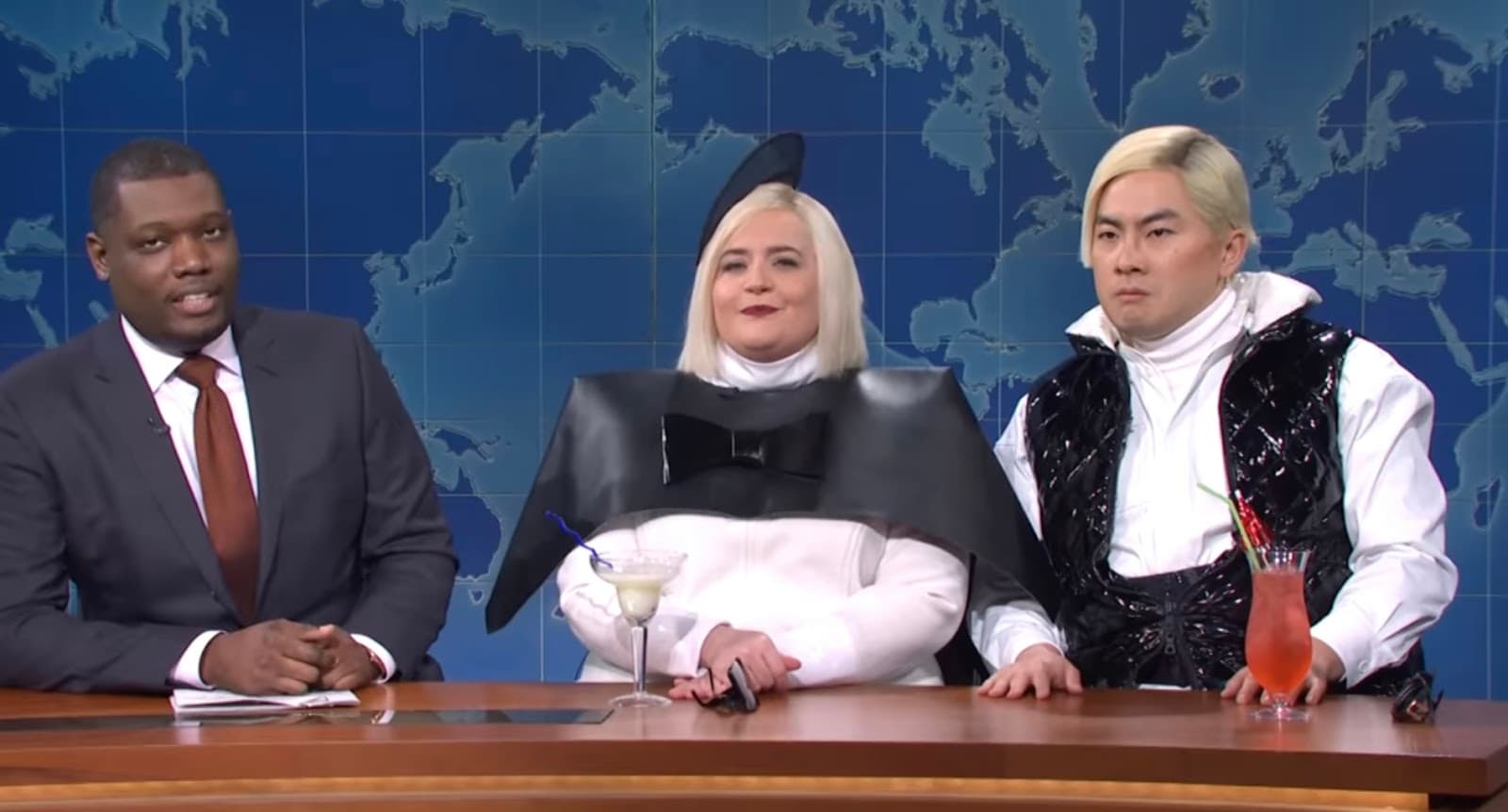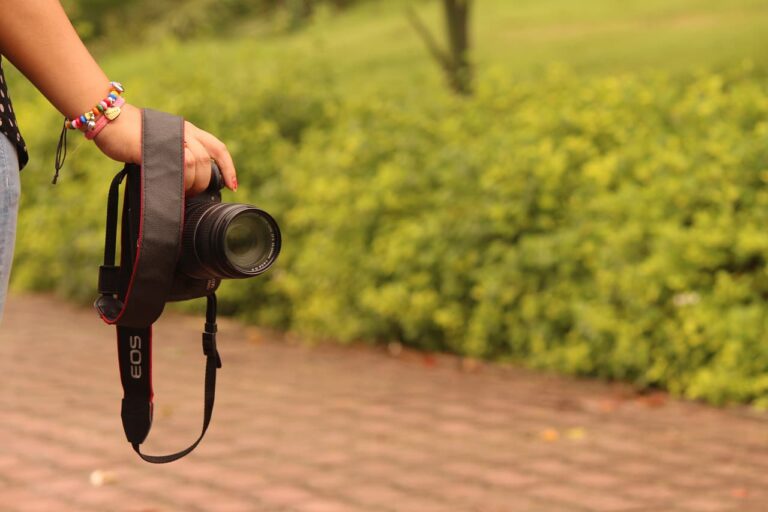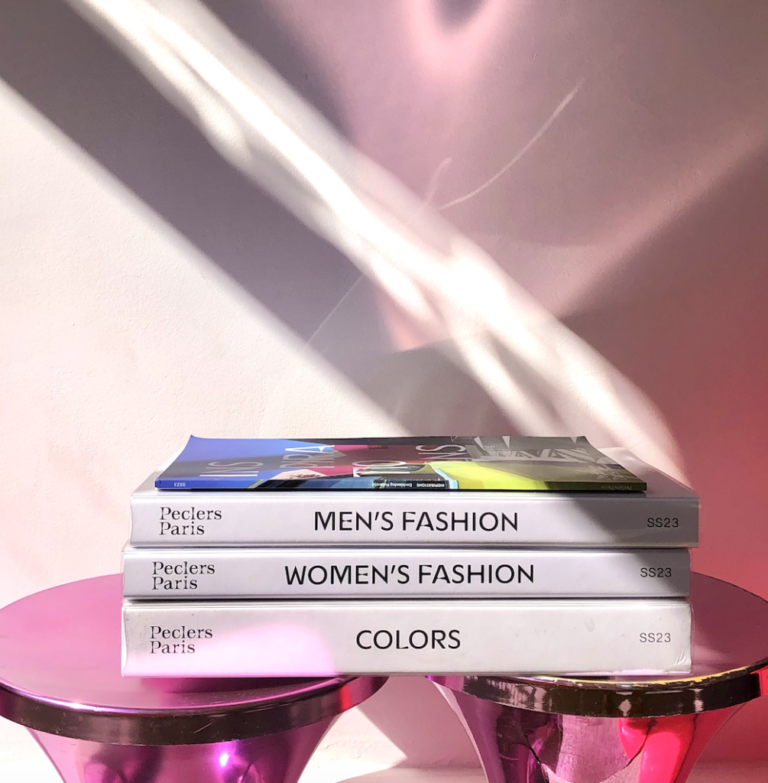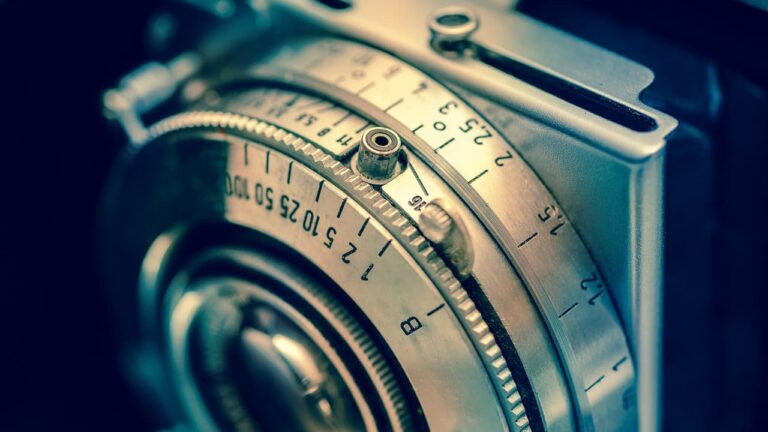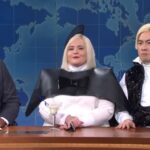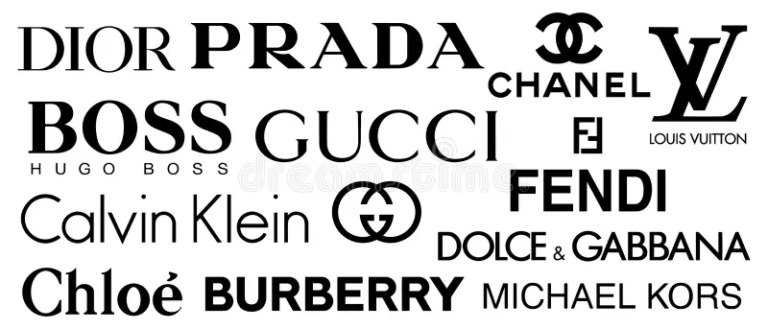Ever wondered about the role of a Trend Forecaster in fashion? At Glam Observer, we’re here to guide you through career pathways in the fashion sector. In this article, we’ll delve deep into the role of the Trend Forecaster.
Who is a Trend Forecaster?
A trend forecaster spots new fashion trends and predicts their evolution in the industry. Typically, they work for trend forecasting agencies like the renowned WGSN. While it sounds fun, remember the entire fashion world relies on them to kickstart the fashion season. From silhouettes to fabrics, they predict it all. It’s a mix of creativity and analysis.
So, What Does This Exciting Role Entail?
Predicting new trends is the crux of it. But what does that really mean? They study emerging trends worldwide, not just within fashion. Fashion trends often stem from societal shifts. Monitoring consumer behavior and global events is crucial. As a trends guru, you’ll also participate in big events such as “The London Textile Fair” to grasp the ongoing fashion shifts.
Educational Pathway to Become a Trend Forecaster
A degree in fashion design, merchandising, or marketing is often sought after by recruiters. However, practical experience goes a long way. Interning at agencies like WGSN or starting off in merchandising can provide vital skills. Showcasing passion through blogs, trend reports, and articles is also a testament to potential employers.
Key Terms You MUST Know
- Short-term Fashion Forecasts: Focus on trends emerging in the next 2-3 years. This involves looking at garment details, colors, fabrics, silhouettes, embellishments, and more.
- Long-term Forecasts: Relate to business strategies like introducing/removing product lines or planning new retail concepts.
In essence, trend forecasting is exhilarating and brimming with innovation. Are you equipped with the creative and analytical mindset for it? Here are some extra tips and tricks if this unique role intrigues you…
Understanding the World of Trend Forecasting in Fashion
The Crucial Role of a Trend Forecaster
Trend Forecasters are the unsung heroes of the fashion industry. They delve deep into the ever-changing world, predicting which styles, colors, and materials will be “in” and which ones will be “out”. Before designers sketch their ideas or retail stores decide what to stock, they often consult these forecasters, ensuring that their collections or products resonate with future consumer desires.
The Intersection of Creativity and Analytics
Contrary to what many might think, trend forecasting isn’t just about having a keen fashion sense. It’s about blending creativity with data analysis. Trend Forecasters monitor global shifts, including socio-economic changes, emerging technologies, cultural shifts, and even global events. These elements can dramatically influence fashion choices. For instance, economic downturns might lead to more conservative fashion choices, while technological advances might introduce new materials into clothing production.
The Process of Trend Forecasting
Forecasting starts with extensive research. It involves:
- Market Analysis: Observing current market trends and understanding what’s selling and what’s not.
- Global Surveillance: Monitoring global news, social media, and popular culture.
- Historical Analysis: Understanding past fashion trends and recognizing patterns.
- Consumer Behavior: Recognizing emerging consumer behaviors and shifts in preferences.
- Collaborative Input: Consulting with designers, industry experts, and other stakeholders.
After gathering all this data, it’s then processed, analyzed, and translated into actionable insights for designers and retailers.
The Trend Forecaster’s Toolkit
Several tools are indispensable in a Trend Forecaster’s arsenal:
- Digital Tools: Software like Adobe Creative Suite for creating visual presentations and spreadsheets for data analysis.
- Subscription Services: Platforms like WGSN or Trendstop, which offer market analysis and trend predictions.
- Social Media: Platforms like Instagram, TikTok, and Pinterest to monitor real-time fashion choices and emerging influencers.
- Networking: Building a robust network within the industry to gain insights, tips, and collaborative opportunities.
Key Skills Every Trend Forecaster Should Possess
- Analytical Ability: Crucial for dissecting large amounts of data and spotting patterns.
- Creative Vision: Essential for visualizing and presenting insights in an engaging way.
- Curiosity: A natural interest in global events, cultural shifts, and, of course, fashion.
- Communication Skills: As trend forecasting involves a lot of collaboration and presentation.
Education and Career Path
While there isn’t a fixed educational route into trend forecasting, having a background in fashion design, marketing, or a related field is beneficial. Gaining experience through internships at forecasting agencies or retail companies can offer a hands-on understanding of the industry.
Building a portfolio is essential. Start by predicting smaller trends and documenting them, then reviewing your accuracy as those trends emerge or fade. This hands-on experience is invaluable and demonstrates your skills to potential employers.
The Rewarding World of Trend Forecasting
Being a Trend Forecaster means staying ahead of the curve. It’s about being the first to know what’s next and guiding an entire industry toward it. The thrill of seeing your predictions come to life on runways and in stores is unparalleled.
However, it’s not without its challenges. The pressure to be accurate, staying updated with global shifts, and the fast-paced nature of the fashion industry can be overwhelming. But for those with a passion for fashion, a curious mind, and an analytical bent, trend forecasting can be an incredibly rewarding career path.
The Future of Trend Forecasting
As with many sectors, technology is reshaping trend forecasting. With the rise of AI and machine learning, data analysis is becoming more sophisticated. Virtual reality might soon play a role in presenting predictions in an immersive way. Sustainable and ethical fashion is another critical area that forecasters are focusing on, as consumer demand for responsible fashion grows.
The world of trend forecasting is dynamic, vibrant, and ever-evolving, much like fashion itself. For those who embark on this journey, it promises a career full of excitement, challenges, and the unmatched joy of shaping the future of fashion.
To wrap up
In the mosaic of industries that construct our modern world, the role of a Trend Forecaster in fashion emerges as a unique blend of art and science. As we’ve journeyed through the nuances of this profession, it’s clear that the individuals in this role serve as pivotal bridges between today’s fashion realities and tomorrow’s sartorial aspirations.
One of the remarkable facets of trend forecasting is its inherent adaptability. In a digital age awash with information, trend forecasters must filter the noise, distilling vast streams of data into tangible, actionable insights. The future of fashion is not just about aesthetics or fleeting whims; it’s interwoven with socio-economic shifts, technological innovations, and cultural evolutions. As these forces become more intertwined and complex, the task of the forecaster becomes simultaneously more challenging and more vital.
The role also underscores the importance of sustainable and ethical considerations in the world of fashion. As we advance into the future, these considerations won’t just be trends; they will be imperatives. Trend forecasters, therefore, not only have the responsibility to identify what will be “in vogue” but also to champion choices that benefit the broader ecosystem of our planet.
For those considering a foray into this fascinating realm, it offers more than just a career; it provides a front-row seat to the ever-evolving theater of fashion. The canvas of clothing is vast, and the brushes held by forecasters help paint the narrative of what the world will wear next.
In conclusion, trend forecasting is more than just predicting the next big fashion statement. It’s a dance between intuition and information, creativity and analytics. It’s about understanding the heartbeat of society and reflecting it through the lens of fashion. As the world continues to change at a breakneck pace, the eyes of the fashion industry will increasingly turn to these forecasters, the visionaries guiding us into the sartorial future.
